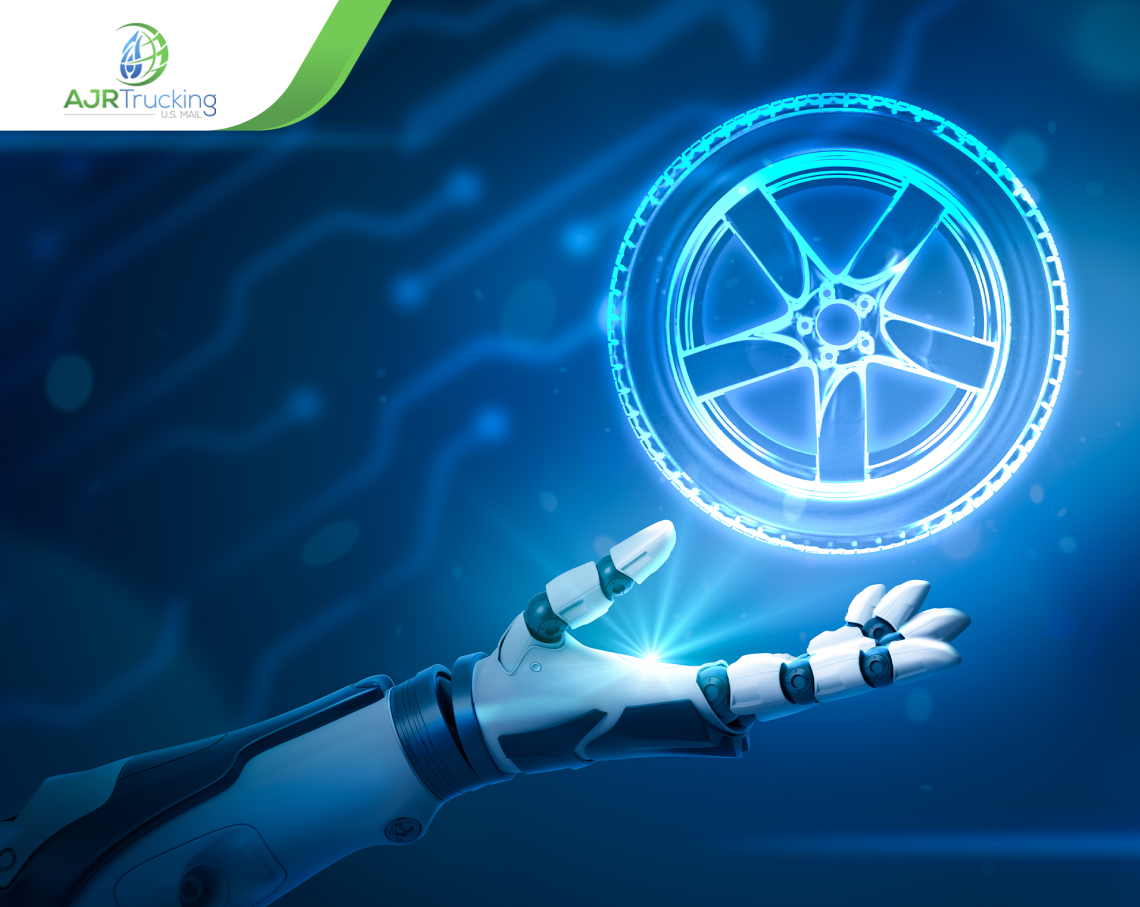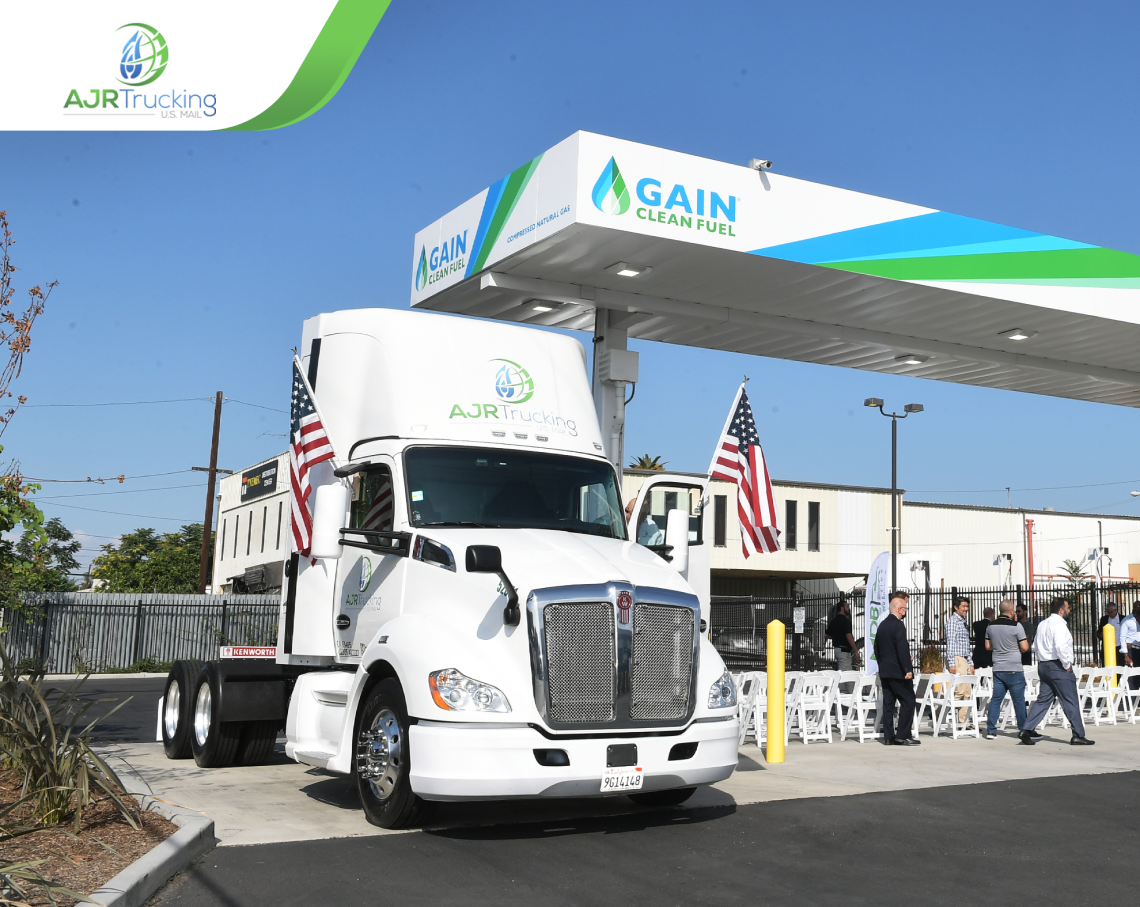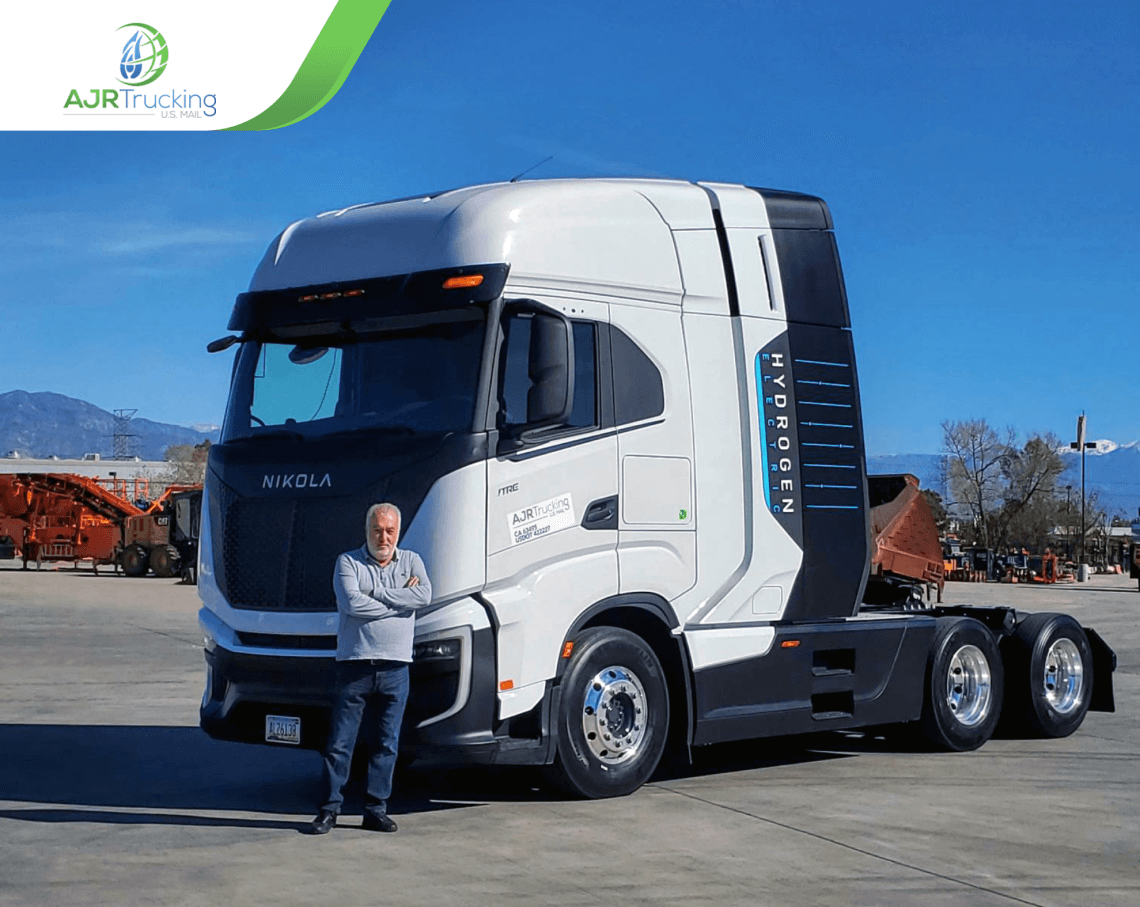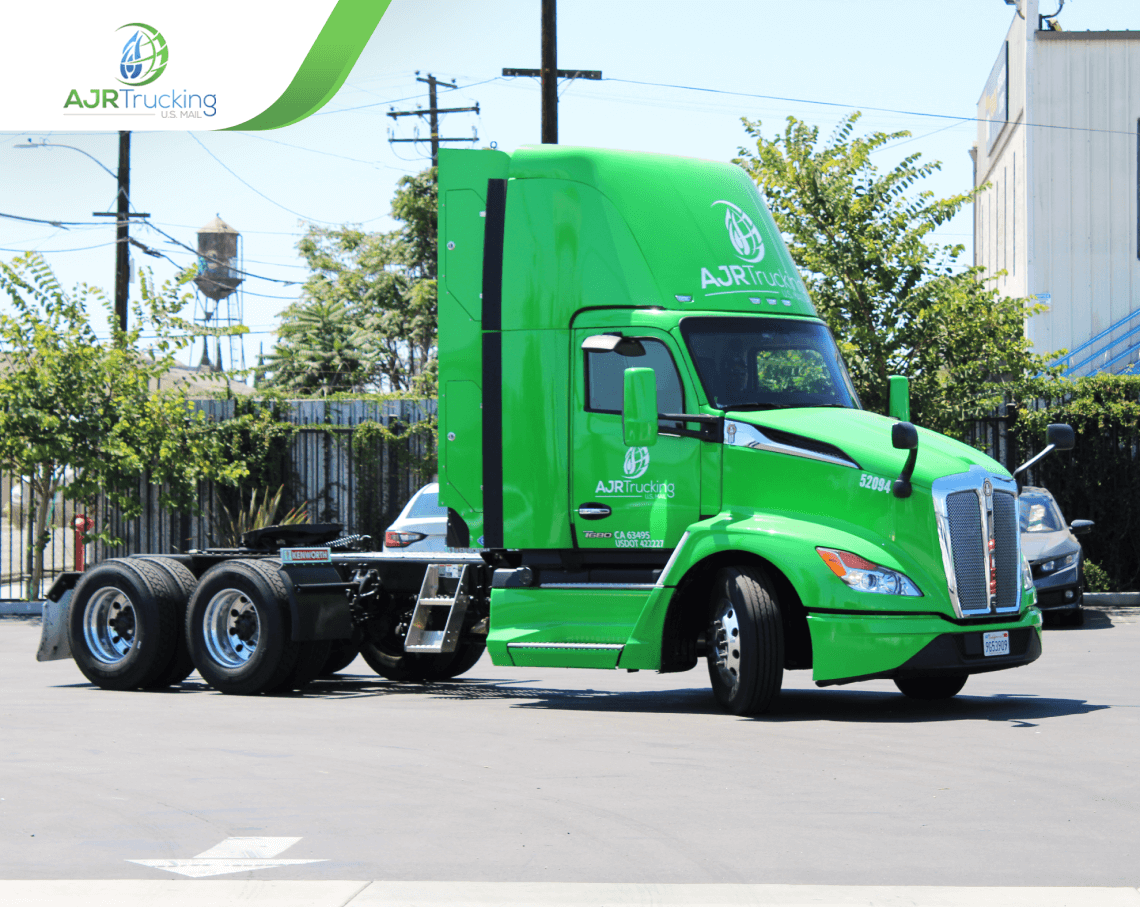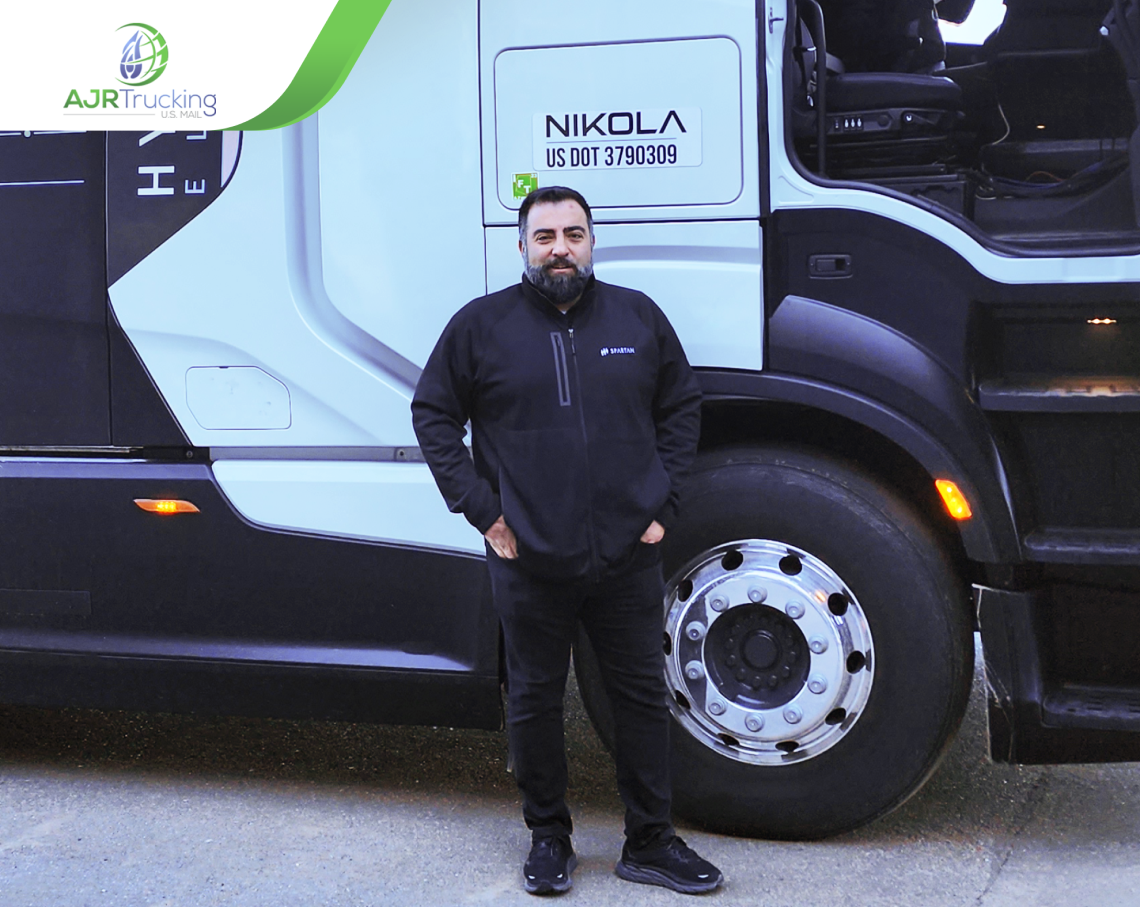The Transportation Industry has been making strides toward adopting Artificial Intelligence (AI) systems to increase productivity. AI describes computer systems that mimic human reasoning to create artificial cognitive skills such as decision-making, speech recognition, and visual perception, amongst others. Machine Learning (ML) and Autonomous Vehicles are the buzzing AI technology of the transportation industry causing conversation because of the bubbling question of how the development of such technology will affect the human workforce.
Machine learning is a type of AI that works in this manner and aids in improving computer functions using specific algorithms that detect patterns in data that allow conclusions to be drawn while eliminating the risk of error that exists in current manual processes. Currently, CSR schedules appointments for a transaction and inputs the information in the system for dispatch to review. Dispatch then allocates units to cover each order taking into account traffic, weather, and delays at the pickup or drop off location. They must fit all the pieces together for existing appointments. The bulk of the time spent by CSR and dispatch today is working on tasks that could easily be done for them by computers. This would make much more of their time available to focus on other matters such as focusing on building customer relationships and assisting drivers – creating more efficiency is the goal of this technology. Eventually, you can have a single dispatcher overseeing 1,000 orders.
AI and ML are also capable of allowing intelligent machines to control and drive the trucks. In recent years, many tech companies have risen to the challenge of developing and embracing this technology. Otto, a tech company that was acquired by Uber in 2016, performed the longest continuous trip by an autonomous truck in October 2016. These trucks, however, are not 100% driver-less. Currently, there are various levels of vehicle autonomy. The Society of Automotive Engineers categorizes these on a 0-5 scale that shows the need-level for a driver.

TuSimple, a driver-less truck startup company, successfully completed a two-week pilot program for the United States Postal Service hauling mail for more than 1,000 miles using a level 4, high automation truck. At that level of automation, the truck is capable of full autonomy in controlled highways and streets. TuSimple achieved this by using cameras and sensors that would detect collision items up to 1,000 meters away in all types of weather. The truck, however, is incapable of operating at night and still requires a driver to operate it should any limiting conditions be encountered. Fully autonomous commercial trucks are currently being tested overseas.
Nevertheless, the advantages of having autonomous vehicles provides relief to several aspects of the operation. Customers would see a decrease in the cost of shipping because of the ability to have a truck driving 24 hours to reach its destination sooner than you would if the truck had to stop when the driver needs to take a mandated break. Per FMCSA Hours of Service, drivers are bound to rules governing their hours of service and off duty hours requiring them to stop whenever these boundaries are met. With self-driving trucks, hauling loads long distance can allow the truck to drive itself while the driver operating it can take their mandated rest periods. Similarly, automated yard trucks can be automated to organized containers or trailers awaiting pick up. Currently, TraPac has an automated container terminal in the port of Los Angeles that has resulted in a lower turnaround time for drivers. The terminal is the first automated port on the west coast.
Companies like AJR Trucking, Inc. are entering the realm of autonomy, currently at level 2 automation, by using collision mitigation systems (CMS). With these systems, the trucks can identify both fixed and moving objects with which they can collide. The hazard can be detected from a distance causing the sensor to notify the driver of a possible collision or even engaging the brakes in order to decelerate the vehicle to allow more time for the driver to react and brake. The company is also developing their software technology by incorporating machine learning data into their dispatch operations. This will simplify the planning portion of a dispatcher’s role and will allow the dispatcher to better deal with exceptions and driver relationships. The goal is to make the employee experience better and safer especially for drivers hauling long distance. Every year, about 100,000 police-reported accidents involve drowsy driving according to the National Highway Traffic Safety Administration. Autonomous vehicles can lessen this number by allowing drivers to let the truck take the wheel so they can rest.
In many ways the transportation industry has been left behind when it comes to technological advances; however, with tech companies finding ways to incorporate AI in transportation, the industry is working to have significant growth over the next ten years. By the year 2030, the AI market is expected to reach $10.3 billion. With the incorporation of AI, companies will be better equipped to handle a larger volume of work with more ease while maintaining FMCSA standards. The goal of these developments is not to replace humans but to assist them so they can focus on doing things they can do better than any machine can.
Written By: Marcela Hurtado


